Bird feeding brings joy and wildlife connection to any yard, but it often comes with a common frustration: the mess. Seed hulls, scattered food, and bird droppings can turn your beautiful outdoor space into an unsightly area that requires constant cleaning. The good news is that a thoughtfully designed feeding station can minimize these issues while still attracting your favorite feathered visitors. This comprehensive guide will walk you through creating a bird feeding setup that keeps your yard tidy while providing essential nourishment for local birds. With some planning and the right materials, you can enjoy bird watching without the cleanup headaches that often accompany it.
Understanding Why Bird Feeders Get Messy
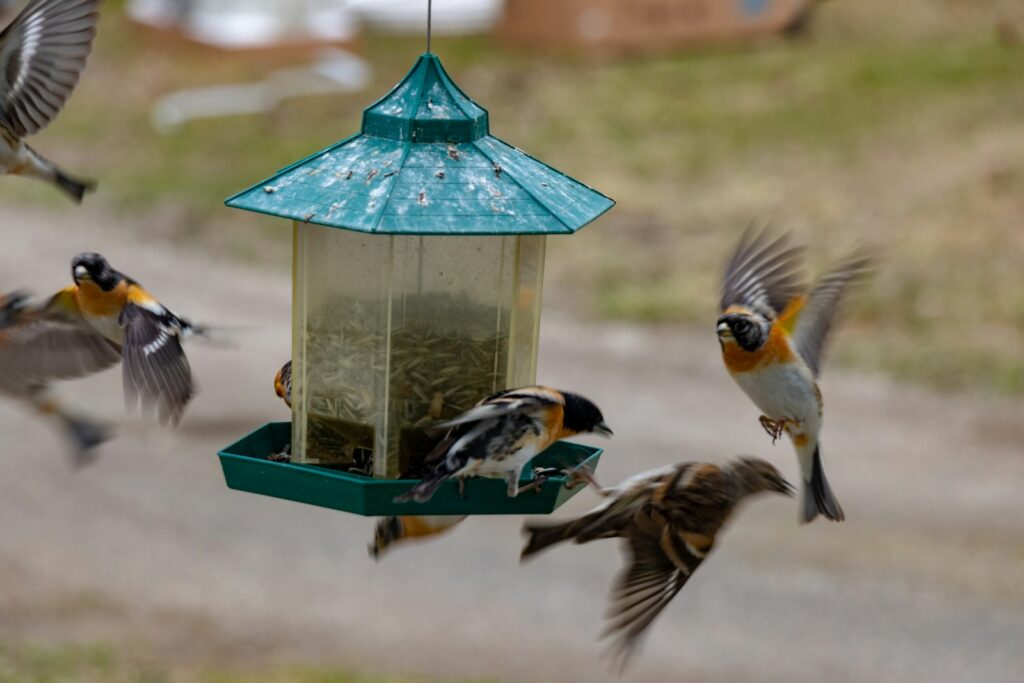
Traditional bird feeders become messy primarily because birds are naturally selective eaters with specific feeding habits. When birds visit conventional feeders, they often sift through seeds to find their preferred food, tossing unwanted seeds to the ground in the process. Additionally, certain seed types like sunflower seeds, have hulls that birds discard after extracting the nutritious kernel inside. The bird’s natural behavior is further complicated by squirrels and other wildlife that may visit feeders, often knocking large amounts of seed to the ground while attempting to access the food. Understanding these natural behaviors helps us design feeding stations that work with birds’ instincts rather than against them.
Choosing the Right Location
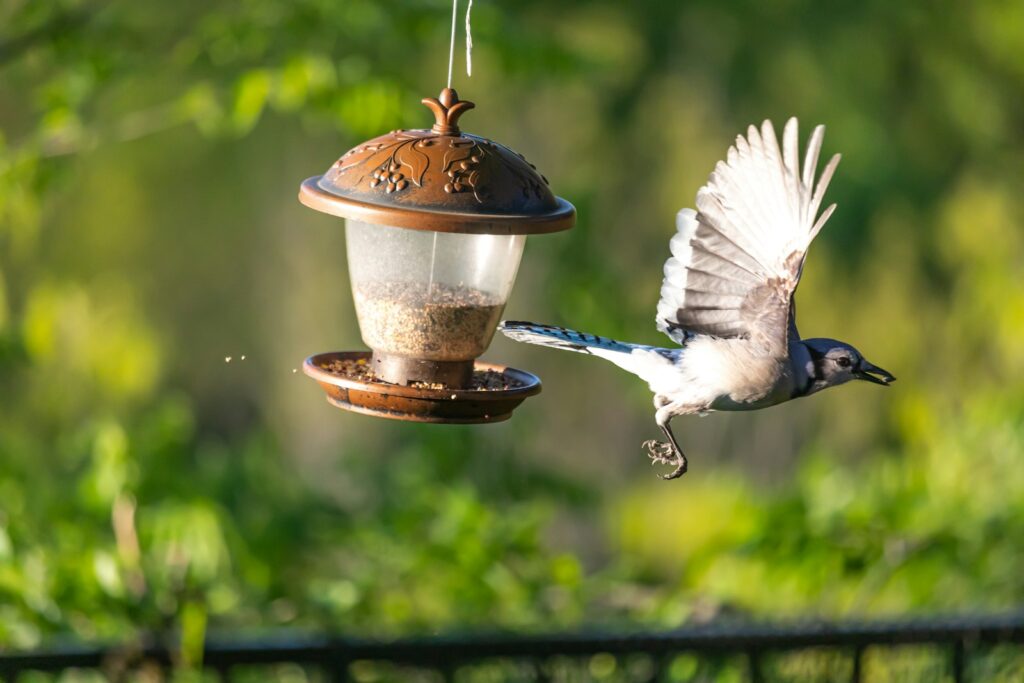
The location of your feeding station significantly impacts both the mess it creates and its attractiveness to birds. Position your station away from outdoor living areas like patios and decks, where droppings and seed hulls would be most noticeable and problematic. Consider placing the station at least 10-15 feet from these spaces while ensuring it remains visible from your windows. Ideally, position feeders near natural shelters like trees or shrubs that provide birds with quick escape routes from predators while they feed. Avoid placing feeders directly under trees where falling leaves and branches might contaminate the food, and select a location that’s easy for you to access for regular maintenance and refilling.
Installing a Proper Foundation
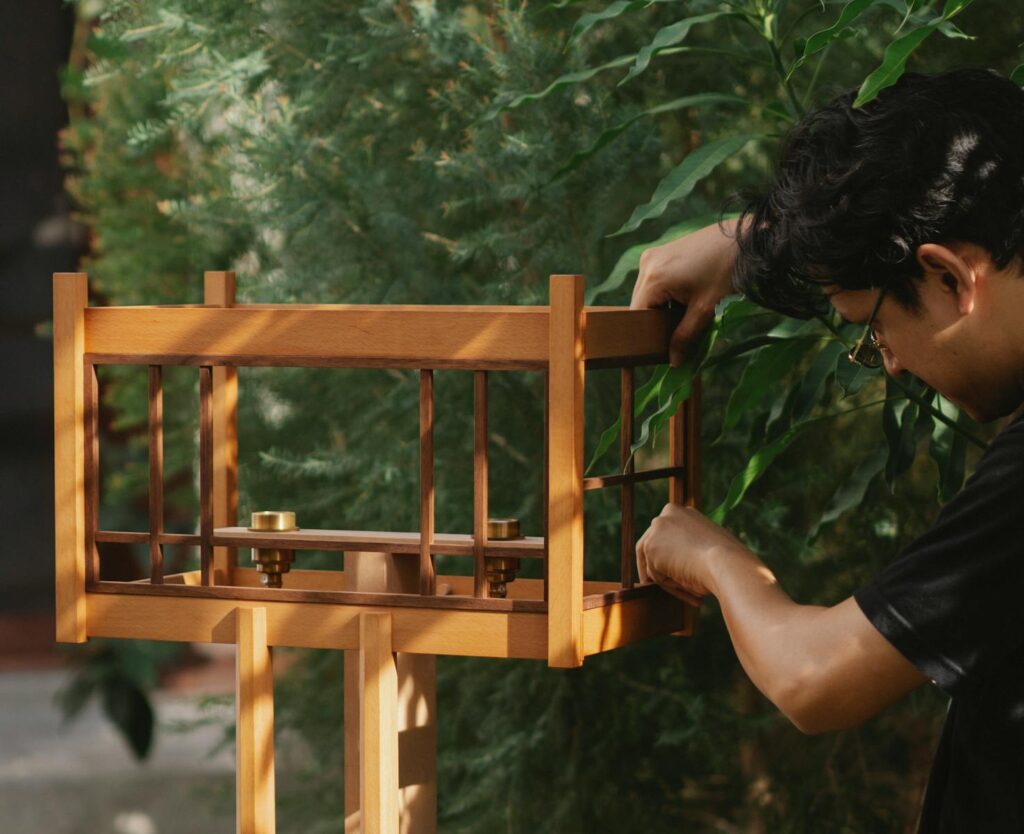
A solid foundation beneath your feeding station is crucial for both stability and mess management. Consider installing a 3-4 foot diameter circle of landscape fabric topped with decorative stones or gravel underneath your feeder arrangement. This permeable but defined area contains fallen seed and makes cleanup significantly easier than dealing with seed scattered across grass or garden beds. For even better containment, you might create a shallow depression in this area or use pavers to create a slight raised edge that prevents seeds from rolling away. This foundation area can be made attractive with careful stone selection that complements your garden aesthetic while serving the practical purpose of mess containment.
Selecting No-Waste Bird Seed
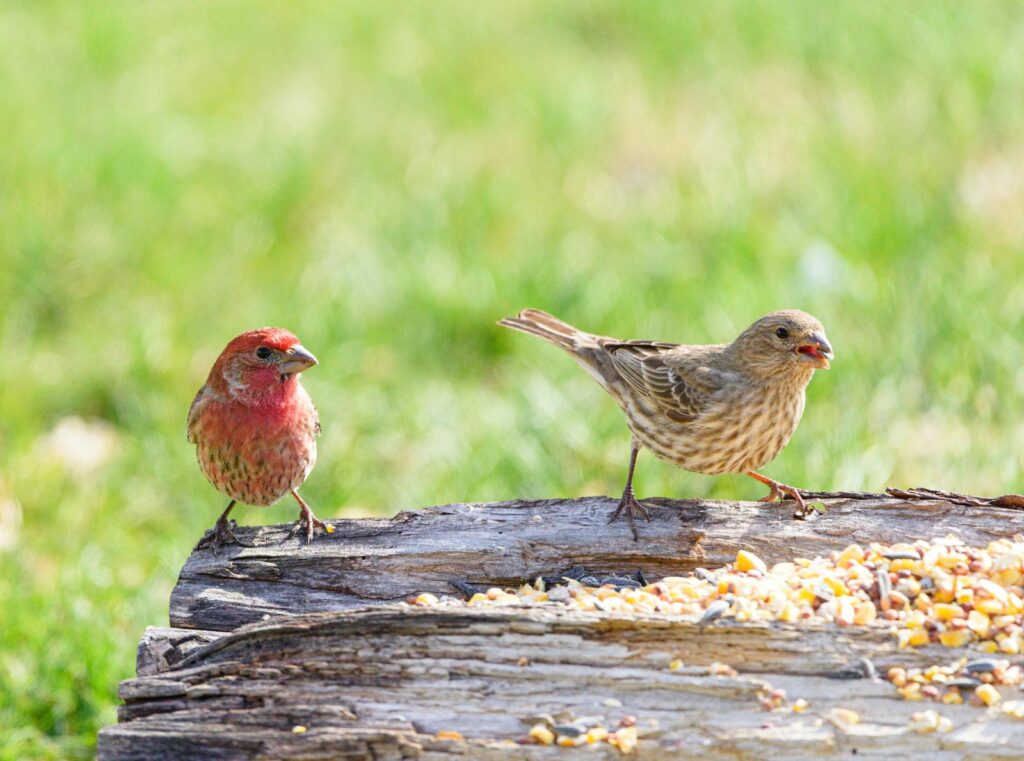
One of the most effective strategies for reducing mess is using no-waste or low-waste bird seed mixtures. These specially formulated options typically contain seeds that have had their hulls removed, such as hulled sunflower seeds, millet, and cracked corn, eliminating the primary source of ground litter. Some premium mixes include dried fruits, nuts, and other ingredients that birds consume entirely without creating waste. While these no-waste mixes typically cost more than standard bird seed, the cleanup time saved and reduced waste often justify the investment. For an even more targeted approach, observe which local birds frequent your yard and purchase seed specifically attractive to those species to minimize rejection and waste.
Using Seed Catchers and Trays
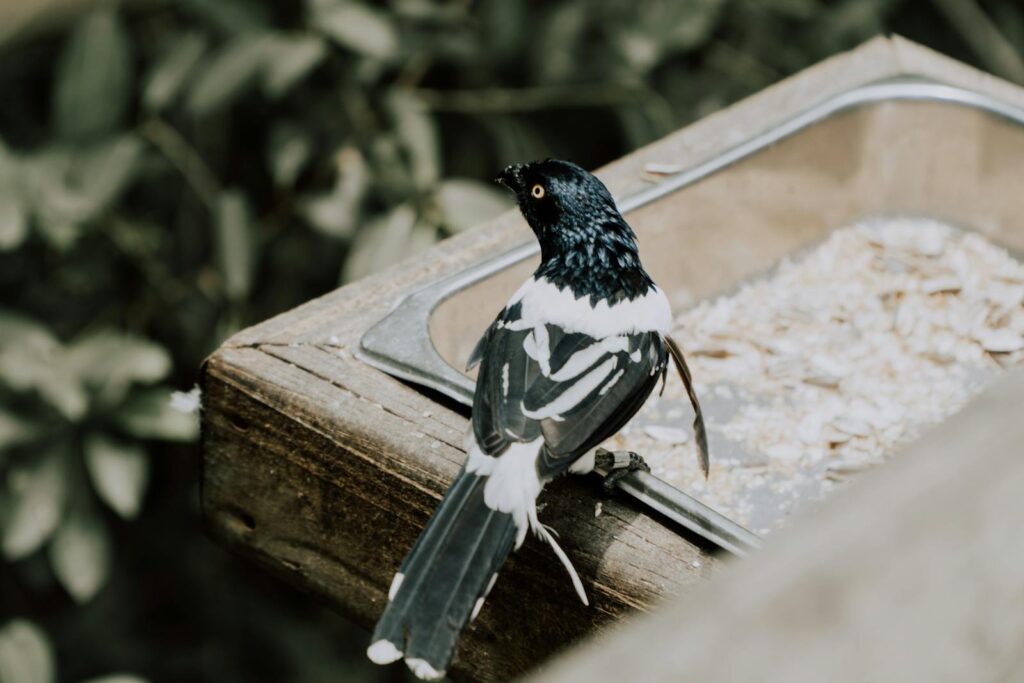
Seed catchers and collection trays are essential components of a no-mess feeding station that capture fallen seeds before they reach the ground. These devices typically attach below hanging feeders or mount to feeder poles, extending several inches beyond the feeder’s perimeter to catch scattered seed. Look for trays with drainage holes that prevent water accumulation while still containing seed. Some advanced models feature mesh bottoms that allow hulls to fall through while catching whole seeds that can be reused. For pole-mounted feeding stations, consider installing a large platform tray at the base of the pole system that can catch debris from multiple feeders above it.
Installing a Baffle System
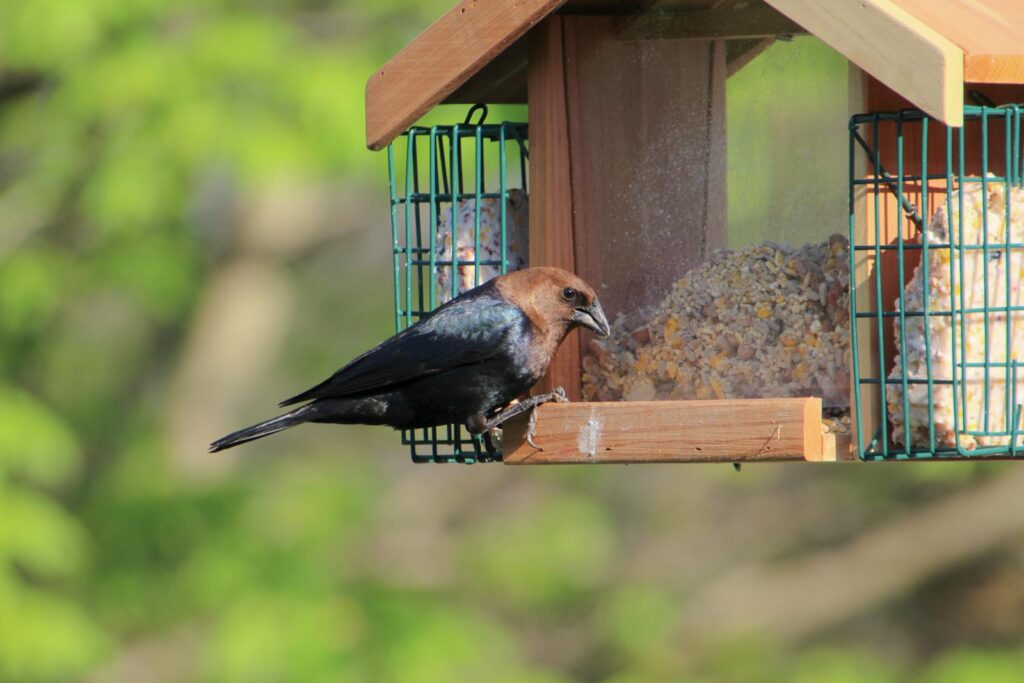
Baffles serve the dual purpose of deterring squirrels and other unwanted visitors while also controlling seed spillage. These dome or cylinder-shaped barriers can be installed above hanging feeders to prevent access from above or below pole-mounted feeders to block climbing animals. Position pole baffles at least 4-5 feet off the ground and with a sufficient diameter (at least 15-18 inches) to effectively block squirrels from reaching around them. For hanging feeders, dome baffles should be positioned a few inches above the feeder top, creating both a rain shield and a physical barrier to climbing creatures. By preventing squirrel access, baffles significantly reduce the amount of seed scattered during their attempts to reach the food.
Incorporating Weight-Sensitive Feeders
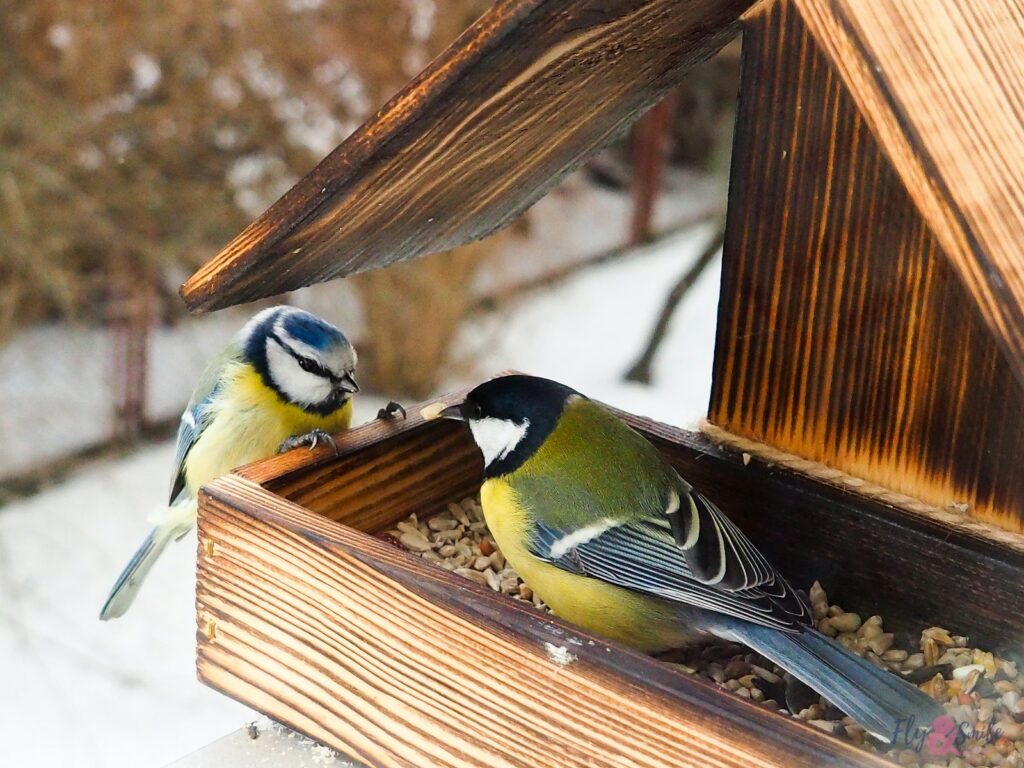
Weight-sensitive or squirrel-proof feeders offer a technological solution to prevent larger animals from accessing and scattering bird seed. These specialized feeders feature mechanisms that close access to feeding ports when anything heavier than a bird lands on them, effectively shutting out squirrels, raccoons, and other heavy visitors. Some models use adjustable spring tension that you can calibrate to allow larger birds like cardinals while excluding unwanted guests. The reduced access for messy eaters and seed-scatterers can dramatically decrease the amount of waste that ends up on the ground. These feeders may require a higher initial investment but often pay for themselves in saved seed and reduced cleanup time.
Designing a Multi-Level Feeding Station
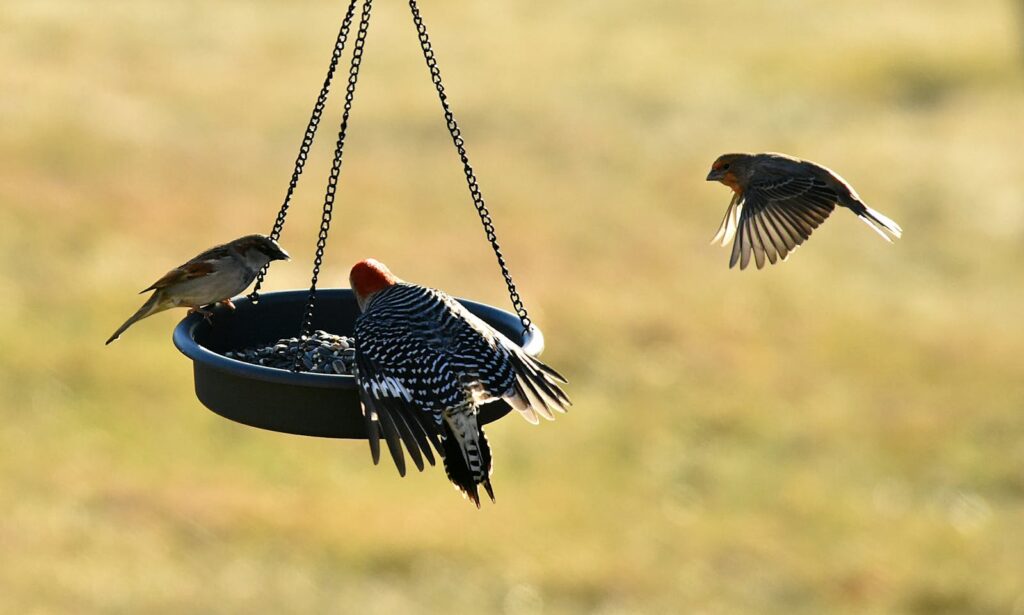
A thoughtfully designed multi-level feeding station maximizes feeding opportunities while containing mess through strategic placement. Start with a sturdy central pole system that allows for multiple attachment points at different heights. Position larger platform feeders at the bottom to catch spillage from the tube, and specialty feeders mounted above them. Include different feeder types to accommodate various bird feeding styles – tube feeders for perching birds, platform feeders for ground feeders, and specialized feeders for species like woodpeckers. This tiered approach creates a cascading effect where spillage from upper feeders becomes accessible to birds feeding at lower levels, reducing overall waste while appealing to a diverse bird population.
Using Specialized Feeders for Specific Seeds

Different seed types benefit from feeders specifically designed to dispense them efficiently and with minimal mess. Nyjer seed, for example, is best offered in specialized feeders with tiny ports that prevent the small seeds from spilling out too quickly. Sunflower seeds work well in tube feeders with appropriately sized ports that allow birds to extract one seed at a time. Suet should be contained in cage-style feeders that hold the block securely while allowing birds to peck at it without creating crumbs. Peanuts and larger nuts can be offered in mesh feeders that force birds to work to extract pieces rather than scattering whole nuts. By matching each seed type to the appropriate specialized feeder, you’ll significantly reduce waste while ensuring birds can access their preferred foods.
Implementing Regular Cleaning Protocols
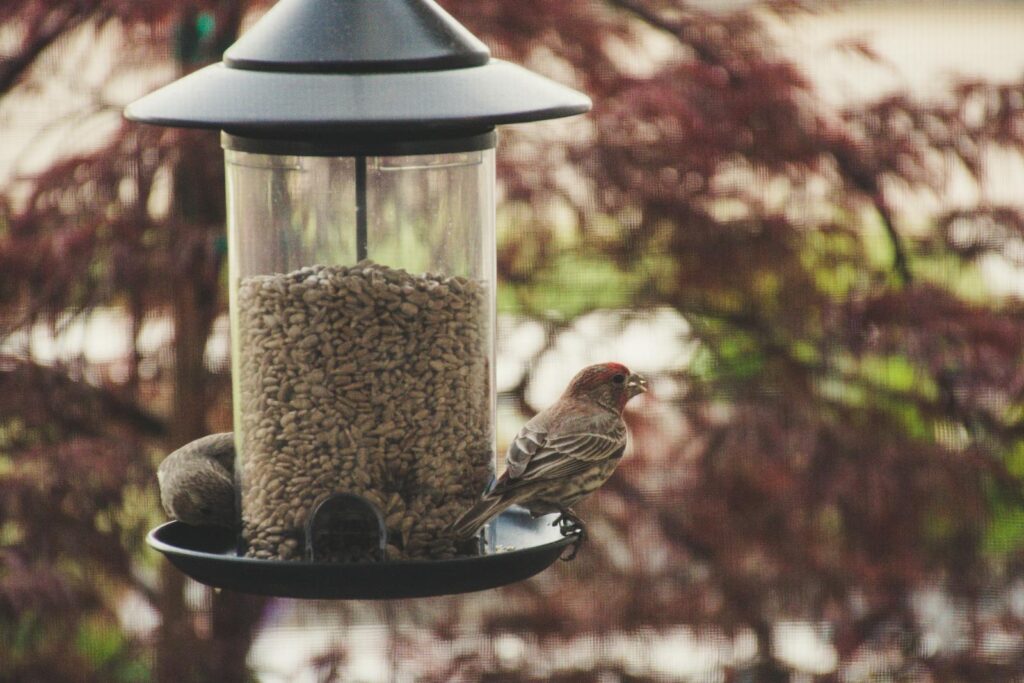
Even the best-designed feeding stations require regular maintenance to remain truly low-mess. Establish a weekly cleaning routine that includes emptying and washing seed trays or catchers to prevent mold growth on accumulated seeds. Use a handheld vacuum or shop vac to efficiently collect fallen seed and hulls from your foundation area before they can decompose or attract unwanted visitors. During your cleaning sessions, inspect feeders for damage or clogging that might cause seed spillage. Seasonally (at least four times per year), completely disassemble feeders for thorough cleaning with a mild bleach solution (one part bleach to nine parts water) to prevent disease transmission among bird populations and maintain a sanitary feeding environment.
Creating Natural Foraging Areas
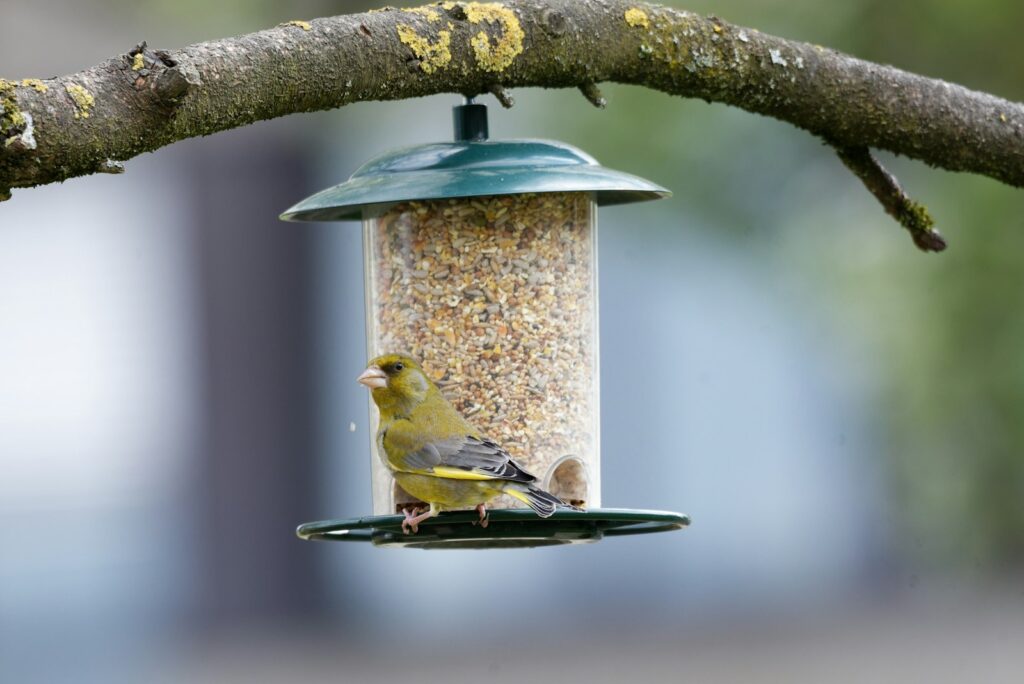
Complement your feeding station with designated natural foraging areas that satisfy ground-feeding birds while containing potential mess. Create a defined area a short distance from your main feeders where you can scatter a small amount of seed directly on the ground for species like doves, juncos, and sparrows that prefer ground feeding. Surround this area with rocks or low plants to visually define it and prevent seeds from spreading. Consider planting native seed-bearing plants like coneflowers, black-eyed Susans, and sunflowers near your feeding station to provide natural food sources that create no cleanup issues. These natural feeding zones effectively redirect some feeding activity away from your main station, distributing the potential mess and creating a more naturalistic feeding environment.
Utilizing Hull-Free Feeding Options

Beyond traditional seed offerings, consider incorporating completely hull-free options that eliminate the primary source of feeding station mess. Suet cakes provide high-energy nutrition without any hull waste and are particularly attractive to woodpeckers, chickadees, and nuthatches during winter months. Mealworms (either live or dried) offer protein-rich feeding opportunities for bluebirds, wrens, and warblers without creating any waste. Nectar feeders for hummingbirds and orioles create virtually no mess beyond occasional drips that can be positioned away from decks or patios. Pure fruit offerings like orange halves or grape jelly for orioles and tanagers provide appealing food sources that birds consume completely without wasting.
Managing Seasonal Adjustments
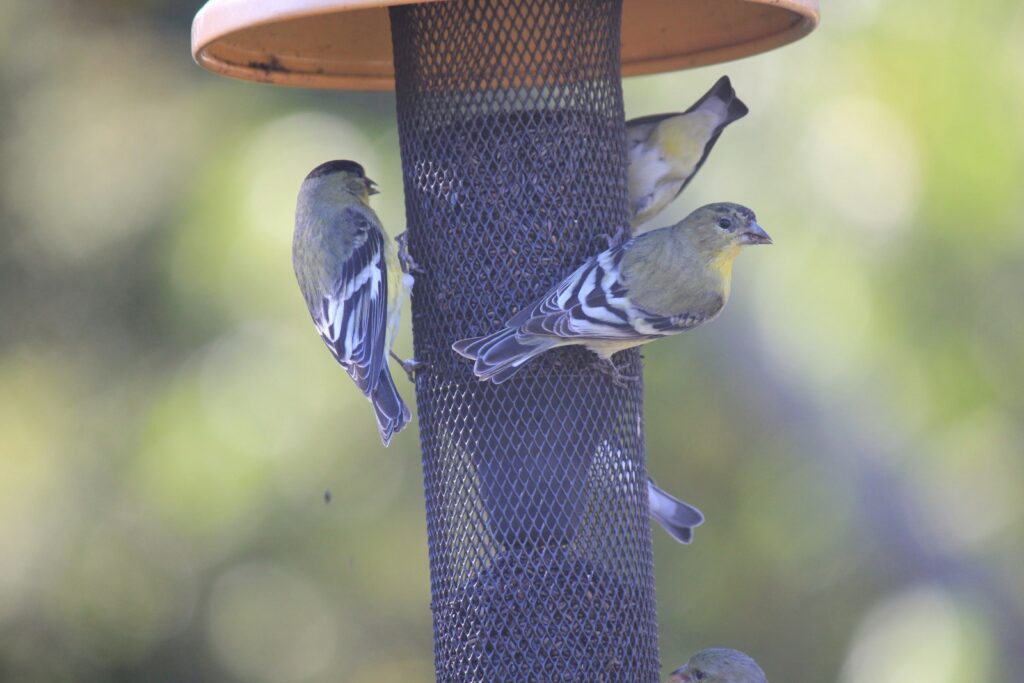
Different seasons bring varying bird populations and feeding behaviors that require adjustments to maintain a low-mess feeding station. During spring migration and nesting season, increase protein offerings like mealworms and suet that birds can carry whole to nestlings without creating a mess. In summer heat, reduce the amount of seed offered at any one time to prevent spoilage, and focus on fresh water offerings that attract birds without creating waste. Fall migration periods might require temporary increases in feeding station capacity, so consider adding extra seed catchers during these high-traffic times. Winter feeding typically involves more high-energy foods and increased consumption, making this the most important season to ensure all mess-prevention systems are fully functional and regularly maintained.
Building a Covered Feeding Pavilion
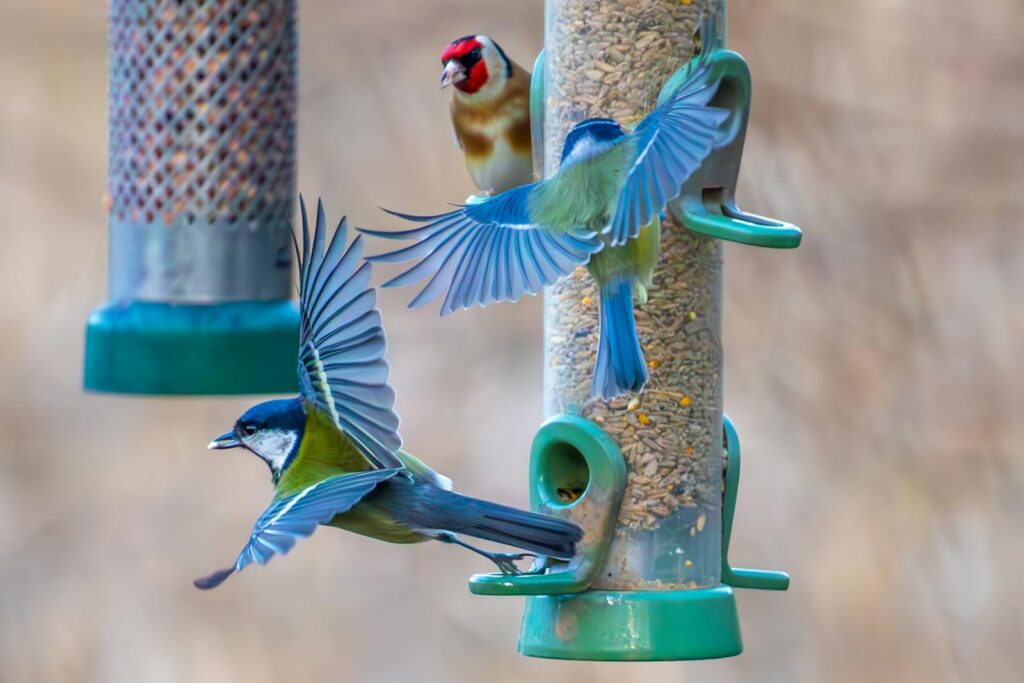
For the ultimate no-mess solution, consider building a covered feeding pavilion that protects your entire setup from the elements. A simple roof structure positioned over your feeding station prevents rain and snow from spoiling seed while keeping feeding areas drier to reduce mold and bacterial growth. Design the roof with adequate overhang (at least 12 inches beyond feeders) to provide effective weather protection while maintaining open visibility for birds and bird watchers. Include proper drainage considerations in your design to channel rainwater away from the feeding area. A well-constructed pavilion can become an attractive garden focal point while significantly extending the life of your feeders and reducing seed waste due to weather exposure.
Bird feeding should be a joy, not a chore. With the right setup, you can create a feeding station that attracts a diversity of beautiful birds while keeping your yard neat and attractive. Remember that even the most well-designed system will require some maintenance, but the time investment will be significantly reduced compared to traditional feeding methods. By implementing these strategies, you’ll create an environment that benefits both the birds and your enjoyment of them. The reward of watching various species visit your thoughtfully designed feeding station makes the initial planning and setup well worth the effort, delivering the pleasures of bird watching without the usual cleanup hassles.
